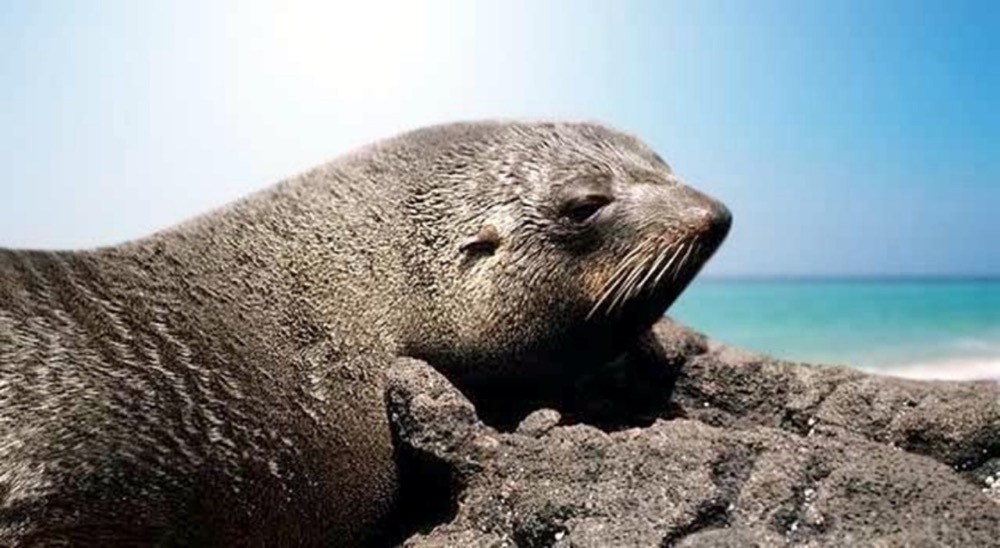
A creature that humans came very close to obliterating now offers hope that we may be able to find ways to tackle one of the most pernicious environmental poisons, say scientists.
Their research has revealed that one of the world's most isolated aquatic mammals, Arctocephalus philippii, can tolerate high levels of cadmium and other metallic pollutants without suffering ill effects.
A. philippii is the second smallest species of fur seal and lives only on the Juan Fernández archipelago and one or two nearby islands in the Pacific Ocean, hundreds of miles off the coast of Chile. The animals were hunted for their fur and meat with such vigor that around 4 million are now thought to have been slaughtered. By the 19th century, the species had disappeared and was believed to be extinct.
However, in the 1960s, a small colony of the protected species was found in a cave on the island. Since then, it has slowly recovered and has a population of around 80,000 on the island's rocky shores.
Constanza Toro-Valdivieso, the researcher from Cambridge University's conservation research institute, mentioned the discoveries in the process, "We collected samples of their feces and found they contained extremely high levels of cadmium and other elements such as mercury.
Cadmium is poisonous to mammals, but somehow these seals were processing it and passing it through their digestive systems and seem to be suffering little harm in the process."
There was also a puzzle about its source. "The soil on the island is low in cadmium, and so is the water around it," said Toro-Valdivieso. "So where was the cadmium coming from? We wanted to know?"
Scientists concluded that it probably came from food the seals ate. A. Philippii seals eat lots of squid and fish, and females are known to travel up to 500km to catch their prey.
In doing so, the seals would have to travel through the South Pacific gyre, a huge, rotating ocean current where all sorts of debris get trapped. The debris swept into the gyre includes man-made polymers containing cadmium, it is speculated, and this is being picked up by fish and squid and then ingested by the seals.
However, identifying the source needs to explain how the A. Philippii seal protects itself from ingesting a substance so poisonous to other mammals. High levels were found in its feces and in the bones of seals that had died of natural causes. The researchers also found high levels of silicon in their bones, which may be offsetting the impact of cadmium, they suggest.
"The discovery that these animals appear to tolerate high levels of cadmium in their bodies has important medical implications, and it is essential for us to find out exactly how the seal achieves this," said Toro-Valdivieso. "It could be something to do with the animal's genes or something else completely. We hope to follow up on this issue over the coming years. These animals have a lot to tell us."




















Comment